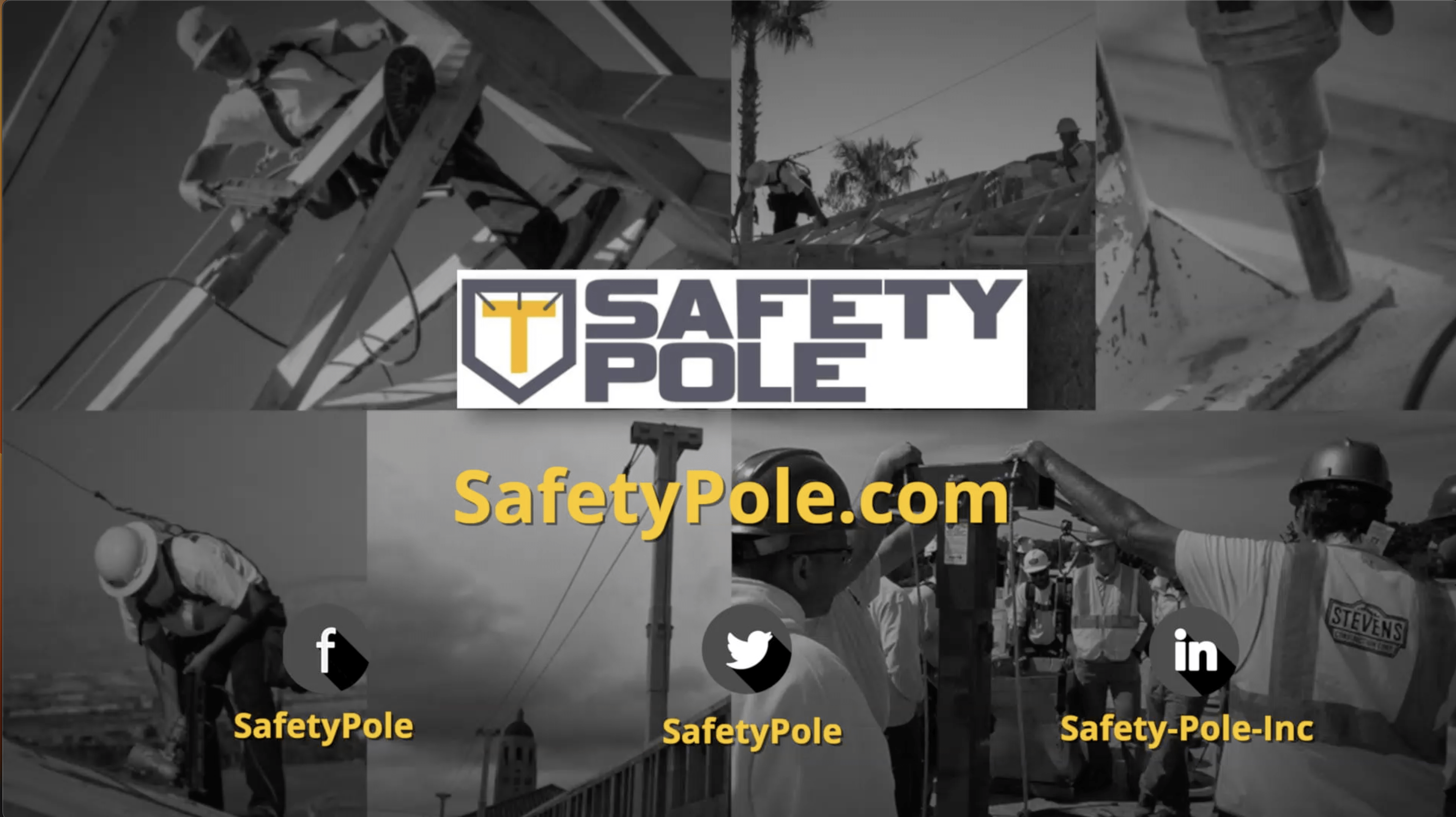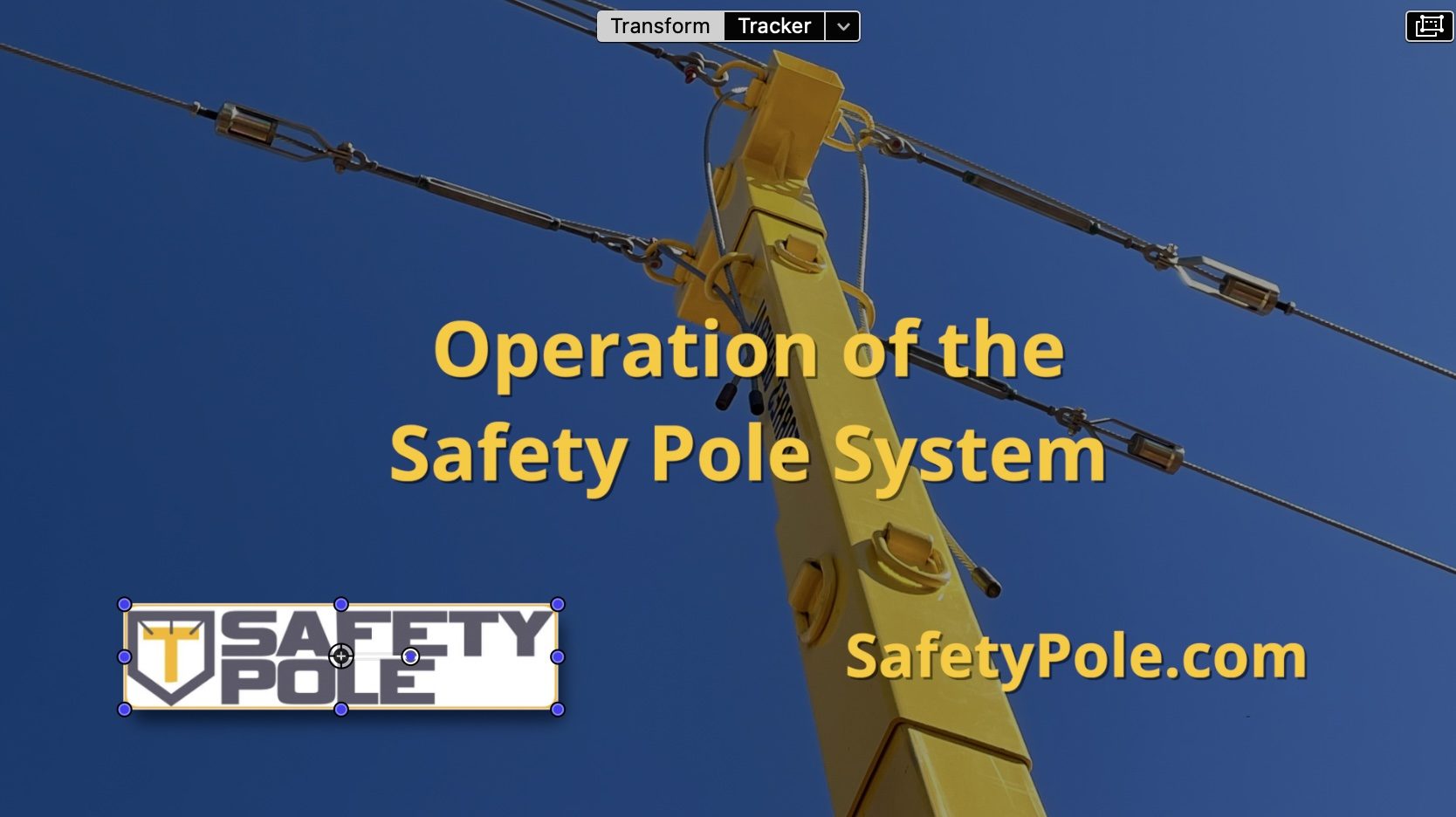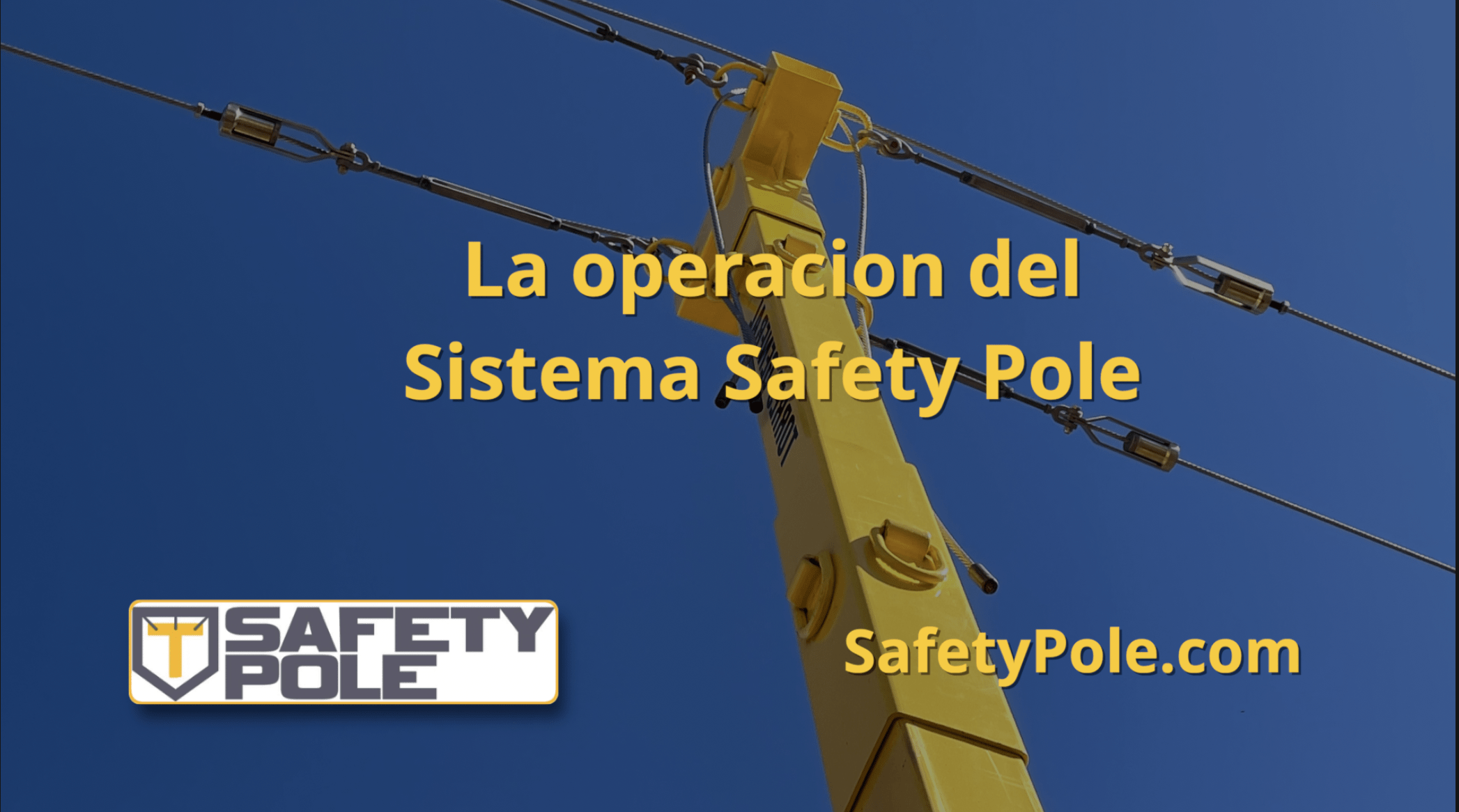
DEDICATED TO GETTING WORKERS HOME SAFELY
Safety starts with Safety Pole

Safety starts with Safety Pole
Creating a safe working environment is crucial for any organization. Employers have a responsibility to protect their employees from potential hazards and ensure their well-being. However, safety initiatives cannot be successful without the active participation and input of employees. By seeking their feedback, establishing safety committees, empowering employees to stop work if they identify unsafe conditions, and providing rewards and recognition, organizations can foster a culture of safety and significantly reduce accidents and injuries.
Employees are the ones working on the front lines, encountering potential safety hazards daily. Their experiences and insights are invaluable when it comes to identifying risks and developing effective safety measures. Encouraging employees to share their input and feedback not only makes them feel valued but also improves safety initiatives. Regularly soliciting suggestions through surveys, suggestion boxes, or team meetings can provide a platform for employees to voice their concerns, offer suggestions, and contribute to the development of safety protocols.
Incorporating real-life client experiences into safety training and discussions can have a profound impact on employee engagement. By sharing case studies or incidents where safety measures proved successful or failed, employees gain a deeper understanding of the consequences of unsafe practices. This allows them to relate to the importance of safety protocols and reinforces the need for their active involvement in maintaining a safe working environment.
Safety committees or task forces can be established to involve employees in decision-making and problem-solving related to safety. These groups should consist of representatives from various departments and levels within the organization. By involving employees in safety-related discussions and decision-making processes, organizations tap into their expertise and gain a broader perspective on safety issues. This collaborative approach not only enhances the effectiveness of safety initiatives but also increases employee engagement and ownership of the safety culture.
Empowering employees to stop work if they identify unsafe conditions or practices is a crucial element of a proactive safety culture. Employees should feel confident and supported when it comes to reporting safety concerns and stopping work if necessary. Clear communication channels should be established, ensuring that employees can promptly report any hazards or risks without fear of retribution. By empowering employees to take immediate action, organizations demonstrate their commitment to safety and create an environment where safety is a top priority.
Recognizing and rewarding safe practices can significantly influence employee behavior. Implementing performance-based rewards, such as bonuses or incentives, for individuals or teams that consistently follow safety protocols can motivate employees to prioritize safety. Celebrating and publicly acknowledging safe practices not only reinforces the importance of safety but also encourages others to emulate such behavior.
Recognizing and appreciating employees who consistently champion safety is vital for reinforcing a culture of safety. Acknowledging their efforts publicly, such as through employee spotlights or awards, not only demonstrates the organization’s commitment to safety but also encourages others to follow their example. Celebrating safety champions and role models creates a positive environment where employees are inspired to actively participate in safety initiatives.
Recognizing and appreciating employees who consistently champion safety is vital for reinforcing a culture of safety. Acknowledging their efforts publicly, such as through employee spotlights or awards, not only demonstrates the organization’s commitment to safety but also encourages others to follow their example. Celebrating safety champions and role models creates a positive environment where employees are inspired to actively participate in safety initiatives.
Promoting employee health and well-being is closely tied to maintaining a safe workplace. Offering access to health and wellness programs, such as fitness classes, mental health resources, or ergonomic assessments, demonstrates a holistic approach to safety. By investing in employee well-being, organizations create an environment where employees feel valued and supported, further enhancing their commitment to safety.
Encouraging employee involvement in safety initiatives is crucial for creating a safe working environment. By seeking their input and feedback, establishing safety committees, empowering employees to stop work if they identify unsafe conditions, providing performance-based rewards, offering safety training and skill development programs, recognizing safety champions, and providing access to health and wellness programs, organizations can foster a culture of safety. Remember, a safe workplace is a shared responsibility, and by actively engaging employees, organizations can significantly reduce accidents and injuries, ensuring the well-being of their most valuable asset – their employees.







Equip your team with Safety Pole & Accessories
Safety starts with Safety Pole